Tourism is a lifeline for many countries, but it can also become a heavy burden when the number of visitors grows faster than local infrastructure or natural resources can handle. Around the world, governments are rethinking how to balance economic benefits with environmental and cultural preservation. Some destinations are starting to consider stricter visitor limits, higher fees, or even temporary closures to give their ecosystems and communities a chance to recover. This shift does not mean tourists are unwelcome; it is a call for more responsible travel that values sustainability over sheer volume. Here are ten countries that may soon tighten their borders to protect what makes them special.
1. Indonesia (Bali and Komodo)
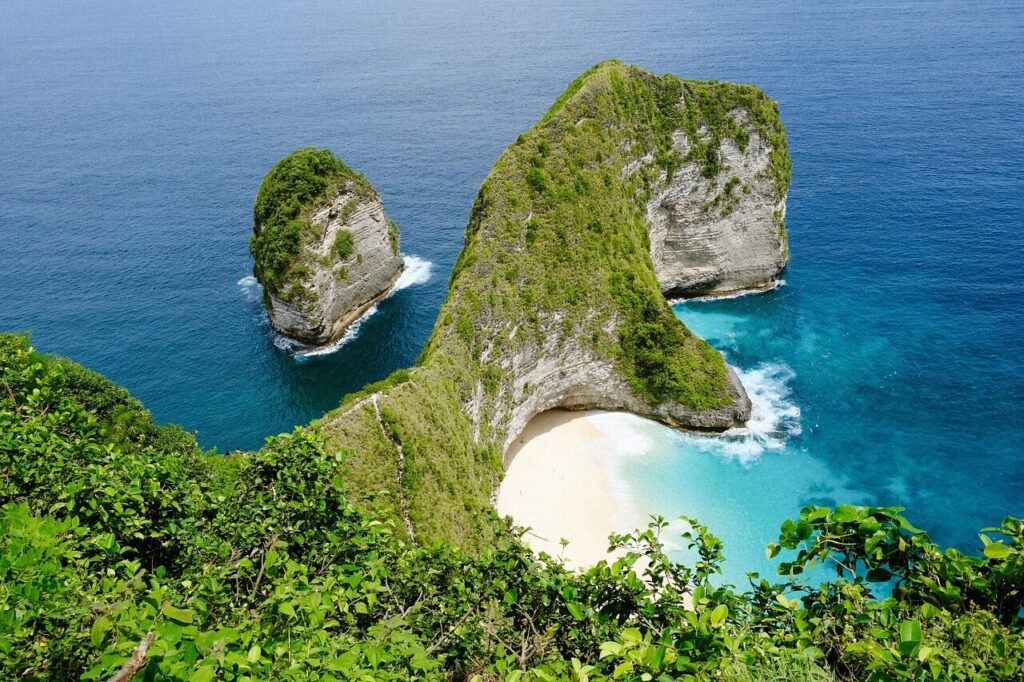
Indonesia’s iconic islands, Bali and Komodo, have long been symbols of tropical paradise. Yet behind the stunning beaches and temples lie growing challenges. Bali struggles with overcrowding, traffic congestion, and waste disposal issues, while Komodo’s fragile ecosystem faces pressure from constant tourism. Authorities are now exploring new strategies such as higher visitor taxes, digital permits, and limits on daily arrivals. These efforts aim not to exclude travelers but to ensure that the islands remain clean, culturally authentic, and ecologically balanced. For future visitors, traveling consciously and respecting local customs will help preserve Indonesia’s charm for generations to come.
2. Bhutan

Bhutan has always taken a unique approach to tourism with its “high value, low impact” philosophy. Rather than chasing mass tourism, the country charges a daily sustainability fee, ensuring that only visitors who truly value its culture and nature enter. This method has helped protect its monasteries, forests, and traditions. However, growing environmental concerns and pressure on resources may lead Bhutan to become even more selective in the future. The goal is not exclusivity, but preservation. Visitors who do make it to Bhutan experience a peaceful, spiritual journey unlike anywhere else, a reminder that sometimes fewer footsteps can leave a deeper impact.
3. Iceland
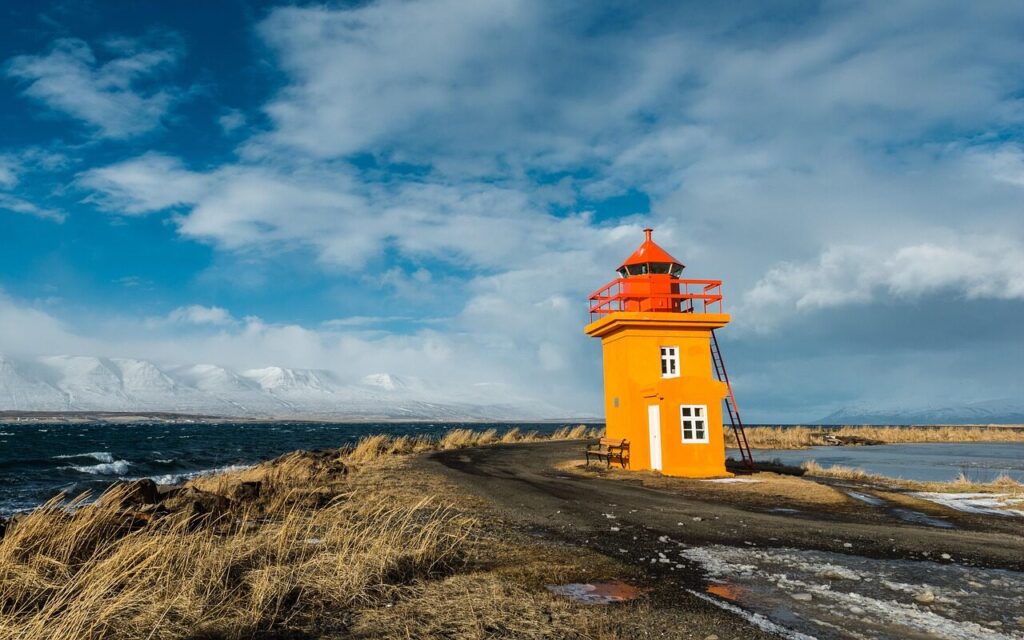
Iceland’s breathtaking landscapes of glaciers, geysers, and volcanoes have turned it into one of Europe’s hottest destinations. However, the sudden tourism boom has placed immense stress on its environment and small communities. Many hiking trails and natural sites are struggling with erosion and overcrowding, while local infrastructure strains to keep up. To protect its delicate ecosystem, Iceland is considering stricter visitor regulations and preservation zones where entry might be limited. The country’s goal is to maintain the balance between tourism and nature, ensuring that its otherworldly beauty continues to awe visitors without being destroyed by overexposure.
4.Ecuador’s Galápagos Islands

The Galápagos Islands are a living museum of evolution, home to unique wildlife found nowhere else on Earth. But as more tourists arrive each year, the islands’ delicate habitats face increasing threats. Ecuador has already limited cruise sizes and requires permits for visitors, yet stricter measures may soon follow. Authorities are exploring seasonal closures and stricter entry caps to protect biodiversity. These steps are not meant to discourage travelers but to preserve one of the world’s most extraordinary ecosystems. For visitors, respecting these limits ensures that the Galápagos remain a wonder for future generations to learn from and enjoy.
5. Spain (Certain Cities and Islands)

Spain’s vibrant culture, sunny beaches, and historic charm attract millions annually, but some regions are feeling the strain. Cities like Barcelona and Madrid face housing shortages due to short-term rentals, while coastal areas such as Mallorca and Ibiza grapple with overcrowded beaches and noise complaints. Local governments are now considering visitor caps, limits on tourist apartments, and entry controls to ease the pressure. The aim is to make tourism more sustainable and respectful to residents. Travelers who explore beyond the most famous spots can discover Spain’s quieter side, authentic villages, beautiful countryside, and the genuine warmth of local life.
6. Italy (Venice and Historic Centers)
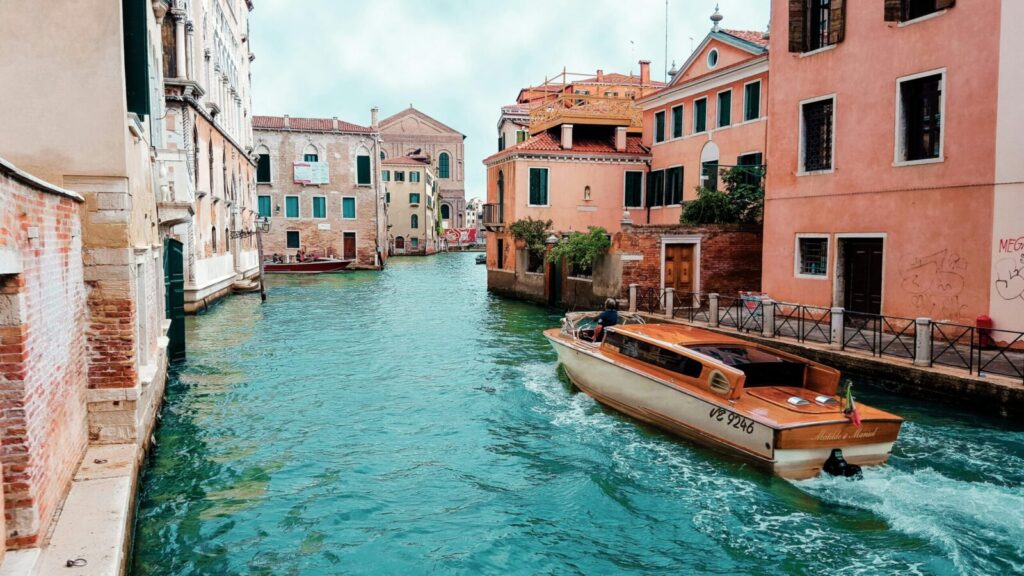
Few places embody beauty and history like Italy, yet cities such as Venice and Florence are struggling to preserve their charm. Venice’s canals overflow not just with water but with visitors, leading to erosion, pollution, and cultural loss. In response, officials have implemented day-tripper fees and crowd control systems. Other cities like Rome and Florence may soon follow with similar rules. The idea is not to close the doors but to manage tourism more thoughtfully. By promoting slower, more mindful travel, Italy hopes to protect its heritage sites while allowing future generations to experience their timeless elegance.
7. New Zealand
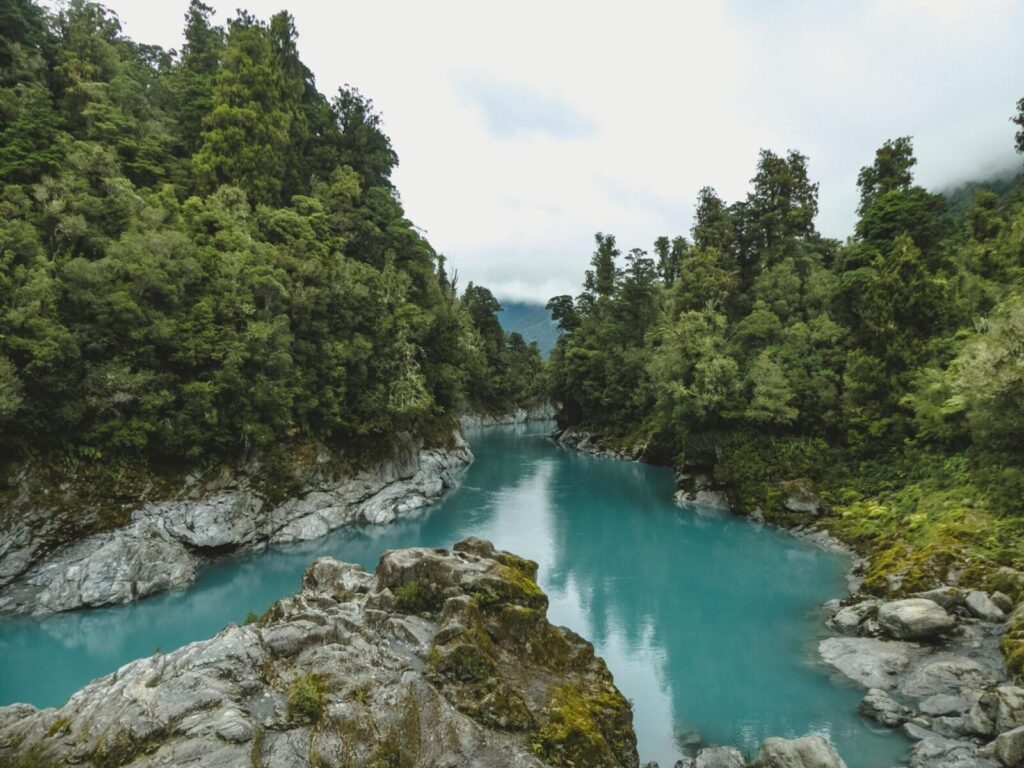
New Zealand’s landscapes, from dramatic fjords to rolling green hills, have become synonymous with natural purity. However, rising visitor numbers have put pressure on its trails, wildlife, and small towns. Authorities are rethinking their approach, emphasizing tourism with purpose rather than mass travel. New fees and permits are being discussed to manage the environmental footprint. Locals want travelers to connect deeply with nature, respect Māori culture, and leave minimal impact. Rather than restricting access completely, New Zealand aims to welcome conscious travelers who appreciate its natural wonders and contribute to preserving them for future adventurers.
8. Thailand

Thailand has long been a beloved destination for travelers seeking beaches, temples, and street food. Yet its most popular areas, such as Phuket, Krabi, and Maya Bay, have faced significant environmental damage. To address this, authorities have started closing certain beaches for recovery and implementing tourist fees to fund conservation. Stricter entry rules and efforts to manage overtourism are underway. These measures aim to restore the country’s natural and cultural treasures while promoting a more responsible travel culture. For visitors, this means enjoying Thailand’s beauty in ways that respect its environment and people, ensuring its allure endures.
9. France (Natural Parks and Islands)
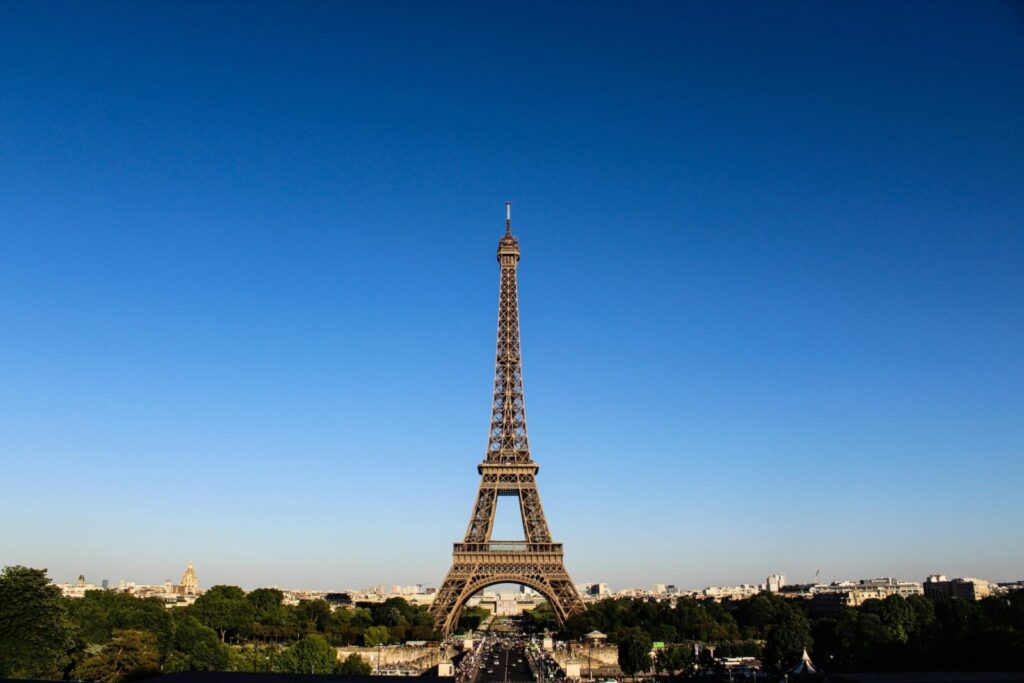
Beyond its iconic cities, France’s natural parks and coastal islands are increasingly popular among travelers seeking peace and nature. However, rising visitor numbers have begun to threaten fragile environments. In response, some regions now require reservations or limit daily entries to prevent overuse. Officials hope to extend these policies nationwide to safeguard biodiversity and maintain the tranquility of protected landscapes. These actions reflect France’s growing focus on sustainable tourism, ensuring that nature lovers can continue to enjoy its breathtaking scenery without causing harm. Responsible travelers can help preserve these idyllic escapes through mindful exploration.
10. Cambodia and Thailand Border Zones

The border regions between Cambodia and Thailand have long been gateways for travelers exploring Southeast Asia. However, recent tensions, conservation needs, and local pressures have led to restricted access in some crossings. These closures highlight how tourism can be affected by both political and environmental factors. Authorities are prioritizing the protection of natural parks and communities in these areas, signaling a shift toward more controlled tourism. Visitors should stay informed about changing entry rules and respect the restrictions in place. These measures are designed to foster stability, safety, and sustainability for future cross-border travel.
Comments